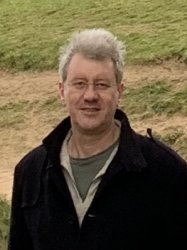BibTex format
@article{Sollberger:2021:10.1029/2020EA001234,
author = {Sollberger, D and Schmelzbach, C and Andersson, F and Robertsson, JOA and Brinkman, N and Kedar, S and Banerdt, WB and Clinton, J and van, Driel M and Garcia, R and Giardini, D and Grott, M and Haag, T and Hudson, TL and Lognonné, P and Pierick, JT and Pike, W and Spohn, T and Stähler, SC and Zweifel, P},
doi = {10.1029/2020EA001234},
journal = {Earth Space Sci},
title = {A Reconstruction Algorithm for Temporally Aliased Seismic Signals Recorded by the InSight Mars Lander.},
url = {http://dx.doi.org/10.1029/2020EA001234},
volume = {8},
year = {2021}
}

